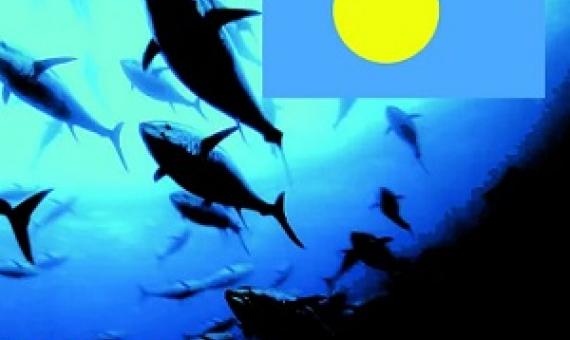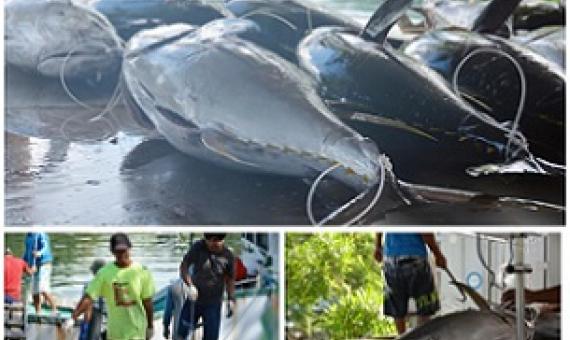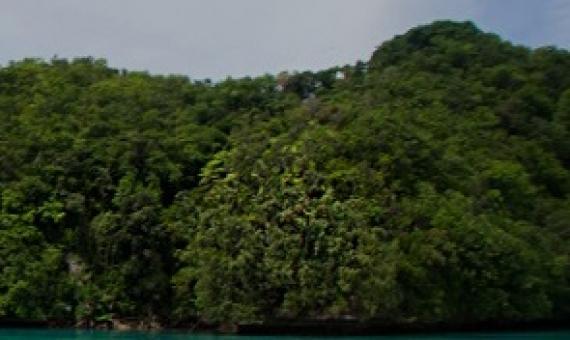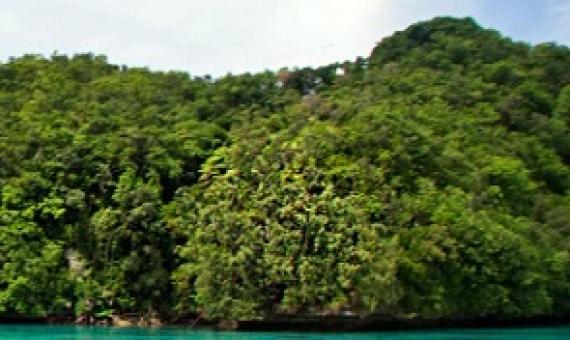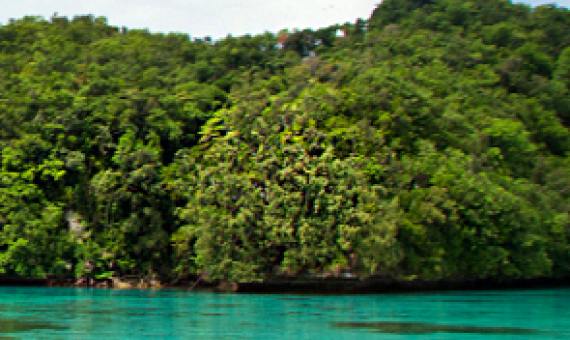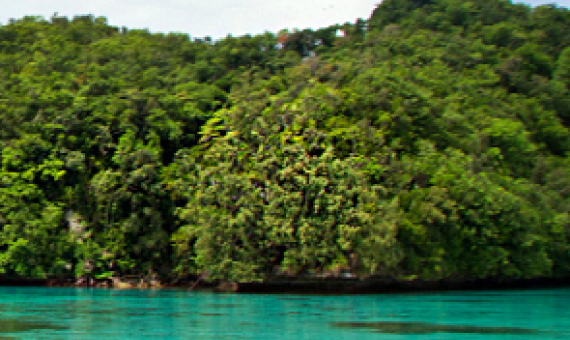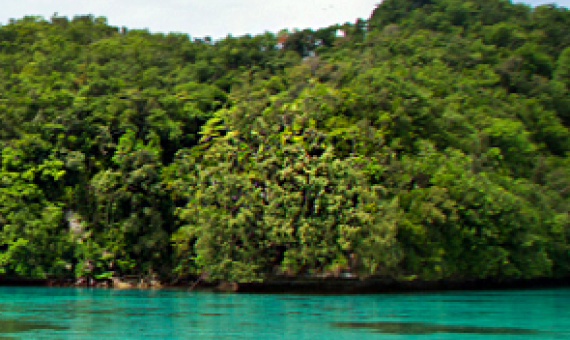Palau National Marine Sanctuary (PNMS) celebrates its 6th anniversary since it was first designated as a national sanctuary 6 years ago... Palau Marine Sanctuary Act, signed into law in 2015 created the world’s 6th largest marine sanctuary in Palau’s EEZ with the purpose to preserve Pal
As migratory birds connect many countries, their conservation requires cooperation between these countries and across national and international boundaries.
Tropical islands of the Anthropocene: Deep histories of anthropogenic terrestrial–marine entanglement in the Pacific and Caribbean
Islands are useful model systems for examining human–environmental interactions. While many anthropogenic effects visible in the archaeological and paleoecological records are terrestrial in nature (e.g., clearance of tropical forests for agriculture and settlement; introduction of nonnative flora and fauna), native peoples also relied heavily on marine environments for their subsistence and livelihood.
The Palau International Coral Reef Center (PICRC) and Belau Offshore Fisheries Incorporated (BOFI) have launched a new study of tuna spawning in the Palau National Marine Sanctuary (PNMS).
Published in the Proceedings of the National Academy of Sciences and coauthored by University of Oregon...the study integrates data from archaeology, history and paleoecology to gain new insight into human-environmental interactions in the deep past.
The Palau International Coral Reef Center (PICRC) recently released a new technical report outlining the size and abundance of resource reef fish stocks across Palau.
The Sea Dragon aerial surveillance program by the United States which can cover thousands of kilometers an hour is expected to kick off late this year.
Sustainable Fisheries Management was the subject of a leadership meeting at the Koror Constitution Hall...Koror’s reefs are intensely fished for subsistence, commercial, sports, and recreation.
The Palau International Coral Reef Center (PICRC) just published an important scientific article in the peer-reviewed journal “Estuarine, Coastal and Shelf Science” entitled “Oceanographic chaos and its role in larval self-recruitment and connectivity among fish populations in Micronesia”.
The first joint surveillance and research expedition to the Palau National Marine Sanctuary is underway with the Bureau of Maritime Security and Fish & Wildlife Protection, Palau International Coral Reef Center and Stanford University’s Center for Ocean Solutions (COS). The expedition w

